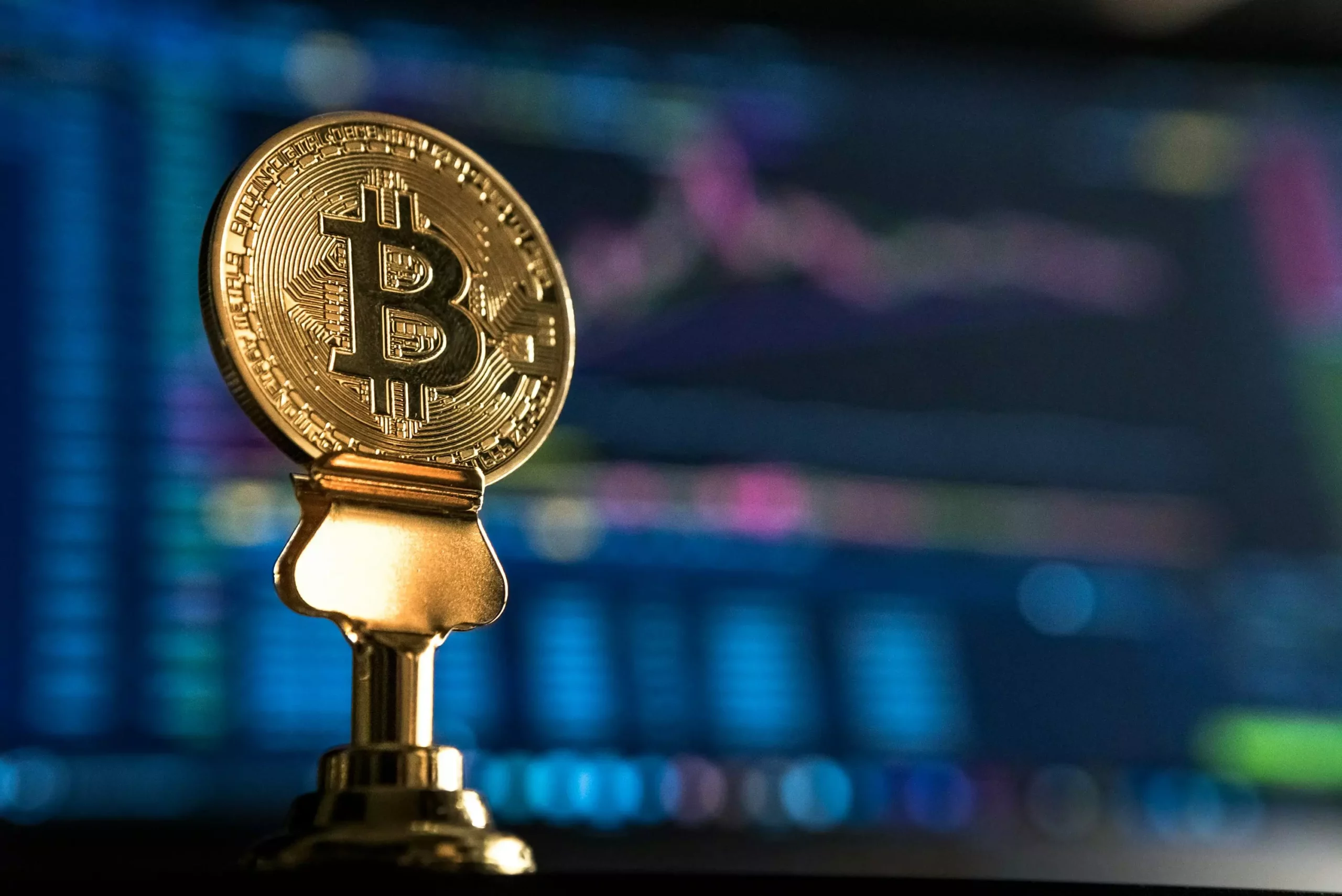As the cryptocurrency market evolves, it’s essential to decipher the emotional and psychological patterns that influence investor behavior. In the latest discussions, crypto analyst Ali Martinez has raised a significant point concerning long-term Bitcoin holders who appear to be succumbing to greed—a sentiment that can shape market trends and impact price dynamics significantly. This article delves into the implications of this ‘greed phase’ and evaluates its potential impact on the market both in the short and long term.
Historically, Bitcoin’s price movements have been characterized by extreme fluctuations, often driven by collective investor psychology. Martinez notes that long-term holders, having navigated various market cycles, are now displaying signs of excessive optimism—a notable shift from previous phases that included capitulation, hope, and belief. This shift is not just anecdotal; it is supported by increasing participation from long-term holders who seem to be accumulating Bitcoin at a rapid pace without adequately analyzing market fundamentals.
The transition to a greed-driven sentiment suggests that these investors are highly confident in Bitcoin’s future trajectory. Such bullish attitude, while seemingly favorable in the short term, poses risks, indicating an irrational investment approach where decisions are driven more by emotion than by rational analysis.
In the short term, the enthusiasm among long-term Bitcoin holders is likely to exert upward pressure on Bitcoin’s price. Evidence of this can be seen through various metrics, such as the record number of wallets holding between 100 and 1,000 BTC, which has recently reached an all-time high (ATH) of 15,777. Alongside this trend, large transactions, particularly those exceeding $100,000, have surged—their highest levels in six weeks—indicating that significant players are becoming increasingly bullish.
This confluence of factors hints at an imminent price surge, reinforcing the sentiment that infiltrates the market. Greed can create a self-fulfilling prophecy where an uptick in buying activity leads to further optimism and higher prices, potentially extending the rally. The momentum can be compelling; however, it often obscures the inherent volatility that underpins cryptocurrencies.
Despite the short-term benefits, the long-term outlook is more precarious. The excessive optimism currently resting in the Bitcoin market places it in a precarious position where it could become overbought. Overcrowded positions often result in panic selling when prices correct. The cyclical nature of cryptocurrencies means that periods of exuberance are customarily followed by stark corrections—the rationale being that market sentiment can quickly flip from greed to fear.
Moreover, the current optimism stems partly from external factors such as changes in administration policies, notably under Donald Trump’s pro-crypto stance. While such developments may initially buoy the market, they carry inherent risks. If there’s a disconnect between market price and fundamental Bitcoin value—which could arise if anticipated BTC reserves fail to materialize—investors may find themselves caught off guard during a market correction.
As Bitcoin navigates this complex landscape, analysts have pinpointed crucial price levels that investors must monitor. For example, Ali Martinez identified $97,530 as a critical support level needed to maintain bullish momentum. Meanwhile, another analyst, Crypto Rover, emphasized the importance of the $102,000 support area, suggesting that a drop below this threshold could lead to prices falling as low as $98,000.
These levels serve as psychological markers for investors, and the market’s ability to hold above them could dictate sentiment in the coming weeks. As of the latest data, Bitcoin is trading around $104,900—signifying a nearly 2% increase within 24 hours—but vigilance is necessary as the landscape remains uncertain.
The current landscape for Bitcoin appears to be a double-edged sword characterized by a transitional phase of greed among long-term holders. While this enthusiasm can drive prices higher in the short term, it also raises red flags regarding potential overvaluation and subsequent corrections. Investors need to navigate carefully, as the very emotions driving the market can also lead to significant volatility if sentiment shifts. The key lies in maintaining a balance between optimism and rationality as Bitcoin continues to capture the imagination of investors worldwide.

